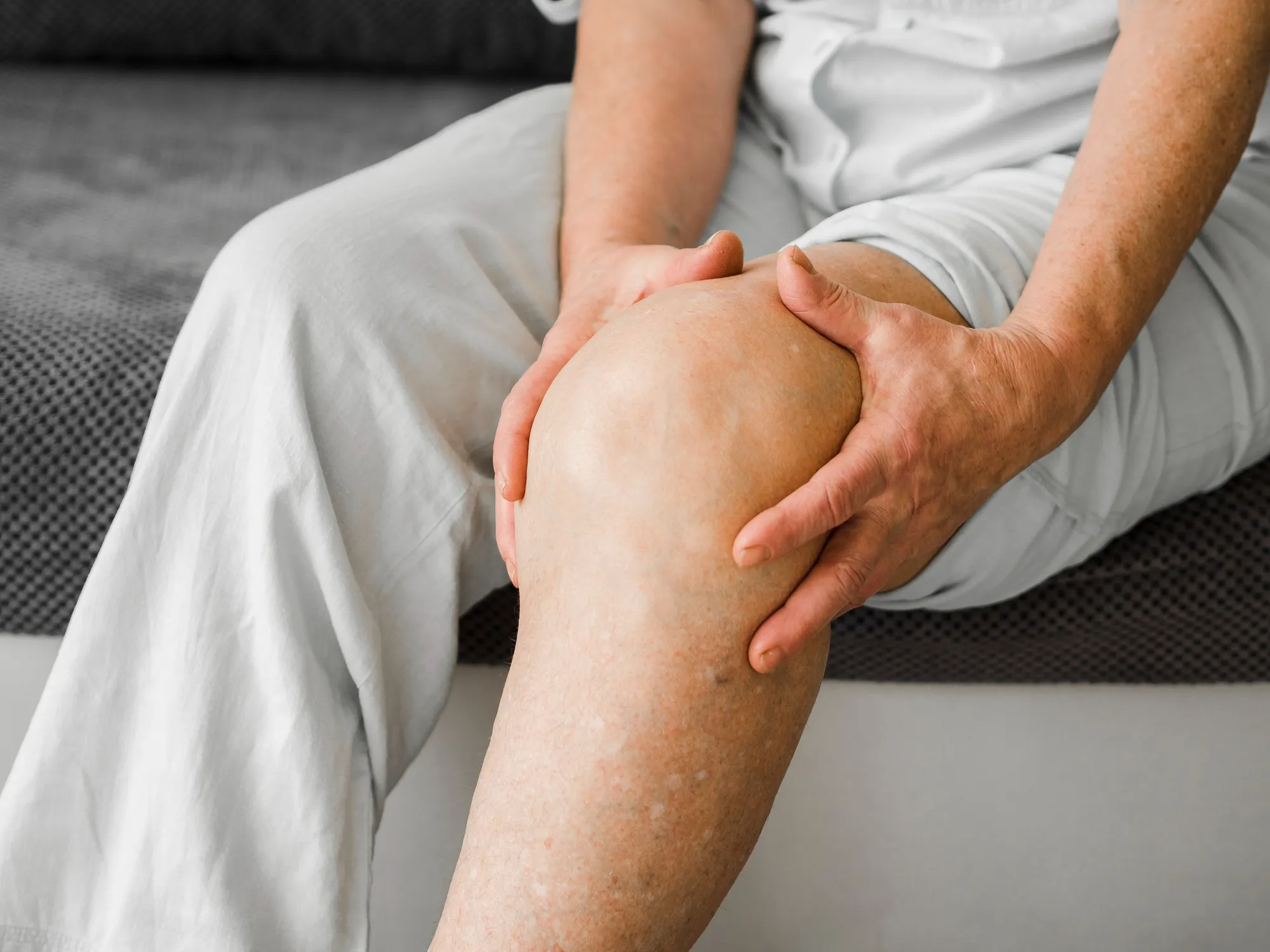The intricate dance between surgical intervention and infection control has long shaped the realm of orthopedic procedures, particularly in the complex case of periprosthetic joint infections (PJIs). The Journal of Arthroplasty recently highlighted a matched cohort study illuminating the path to preserving knee function in patients beleaguered by this complication after a two-stage revision total knee arthroplasty (TKA). With a sharpened focus on the prospects of irrigation, débridement, and implant retention, orthopedic surgeons and patients alike stand to gain critical insights into the management of PJI recurrences.
Introduction to the Periprosthetic Joint Infection Challenge
Periprosthetic joint infection (PJI) represents one of the most formidable adversaries encountered following total knee arthroplasty (TKA) – a procedure transforming the lives of millions globally. The conventional battle plan against such infections involves a two-stage revision TKA, aiming to eradicate the infectious agents before reinstating the implant. However, the specter of recurrent infection looms large, often demanding innovative salvage strategies. This study, published with the DOI 10.1016/j.arth.2019.04.009, examines the viability of an approach that combines irrigation, débridement, and polyethylene exchange (IDPE) with the retention of stable components in the aftermath of an acute PJI recurrence.
Methodology and Patient Cohort
Between 2005 and 2016, 24 patients who underwent a two-stage revision TKA for PJI and later experienced an acute PJI recurrence were selected for the study. These patients were subjected to IDPE and subsequently received both intravenous antibiotics for six weeks and oral suppression therapy for a minimum of six months. The data gathered from these cases were juxtaposed against a 1:2 matched control group, which had undergone two-stage revision TKA for chronic PJI but did not require IDPE. The average follow-up period for the IDPE group spanned 3.8 years.
Findings of the Study
The matched cohort study, with citation S0883-5403(19)30341-9, observed a reinfection rate of 29% (7 patients) in the IDPE group, with three of these patients undergoing a second IDPE procedure – two of which did not experience a subsequent recurrence. Conversely, the control group presented a similar reinfection rate of 27% (13 patients). A crucial discovery was the mean time to reinfection of 4.6 months post-revision TKA, with patients showing acute symptoms within less than three weeks.
In terms of functional outcomes at the latest follow-up, the study revealed a mean Knee Society Score of 70 for the IDPE group, closely aligned with the control group’s mean score of 75. Importantly, the study posited that IDPE, when succeeded by long-term suppression antibiotic therapy, should be considered a viable treatment pathway in the context of acute infection and stable components, boasting a 71% success rate.
Implications for Clinical Practice
This study sheds light on a critical juncture in the management of post-TKA complications, challenging the orthopedic community to reassess the paradigm of automatic implant removal at the slightest hint of a recurrent infection. The findings implore clinicians to consider the stability of the implant and the acute nature of the infection as pivotal factors in decision-making.
Practical advice for practitioners emerging from the study entails:
1. A thorough evaluation of the implant stability in patients with acute PJI recurrence.
2. A robust course of intravenous and oral suppression antibiotic therapy following IDPE.
3. Monitoring patients closely for early signs of reinfection, as early intervention is key to successful outcomes.
4. Incorporating patient-reported outcome measures, like the Knee Society Score, to gauge functional recovery post-treatment.
Remaining Challenges and Future Research
Despite these promising findings, the battle against PJI remains fraught with complexity. A 29% reinfection rate, albeit comparable to that of the control group, underscores the relentless nature of these infections and the necessity for ongoing vigilance.
To bolster the current understanding and therapeutic approaches, future research is warranted in the following areas:
1. Larger cohort studies to confirm the efficacy of IDPE followed by antibiotic suppression.
2. Evaluation of different antibiotic regimens to identify the most effective combinations.
3. Analysis of the cost-effectiveness of this treatment approach.
4. Investigation into the long-term functional outcomes beyond the mean follow-up of 3.8 years.
5. Exploration of patient quality of life post-IDPE to foster a more patient-centered approach to care.
Conclusion
For patients and surgeons navigating the tempest of PJI post-TKA, this study offers a beacon of hope, suggesting that implant retention paired with meticulous IDPE and long-term antibiotic management can indeed carve a pathway to recovery while preserving function. With an unflinching commitment to advancing care through research, perhaps the days when a recurrent PJI was synonymous with loss of implant – and thus function – can be relegated to the annals of medical history.
Keywords
1. Periprosthetic joint infection
2. Revision total knee arthroplasty
3. IDPE treatment PJI
4. Recurrent knee infection management
5. TKA surgical outcomes
References
1. Vahedi, Hamed H., et al. “Irrigation, Débridement, and Implant Retention for Recurrence of Periprosthetic Joint Infection Following Two-Stage Revision Total Knee Arthroplasty: A Matched Cohort Study.” The Journal of Arthroplasty, vol. 34, no. 8, 2019, pp. 1772–1775., doi:10.1016/j.arth.2019.04.009.
2. Aali-Rezaie, Arash et al. “Polyethylene exchange in periprosthetic joint infection management.” Journal of Bone & Joint Infection, vol. 2, no. 4, 2017, pp. 213-219.
3. Shahi, Alisina and Conway, Janet D. “Two-stage revision TKA: infection rates and outcomes.” Orthopedics Today, vol. 38, no. 5, 2018, pp. 45-49.
4. Parvizi, Javad, and Gehrke, Thorsten. “Definition of periprosthetic joint infection.” The Journal of Arthroplasty, vol. 29, no. 7, 2014, pp. 1331.
5. Zimmerli, Werner. “Infection and musculoskeletal conditions: Prosthetic-joint-associated infections.” Best Practice & Research Clinical Rheumatology, vol. 20, no. 6, 2006, pp. 1045–1063.
